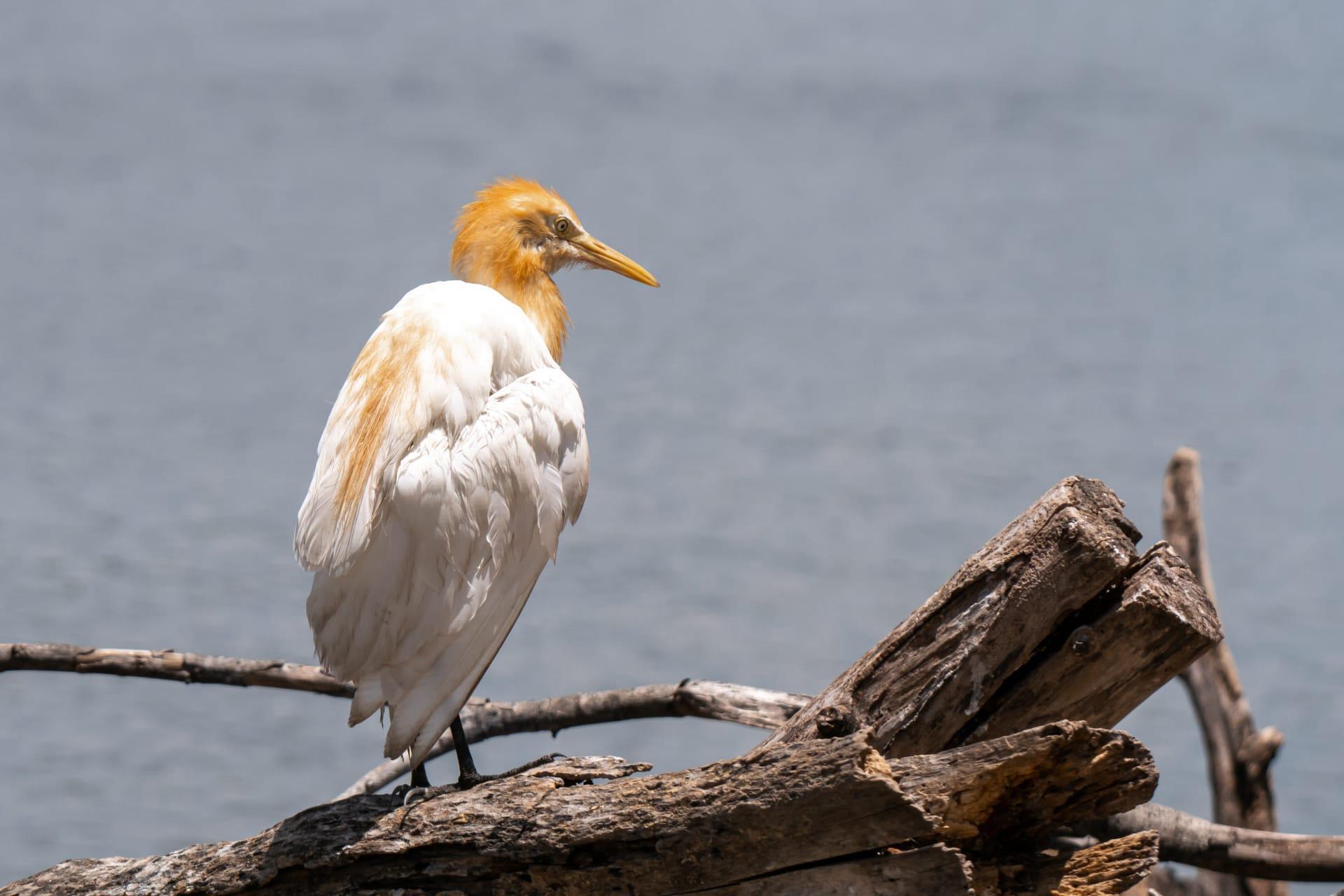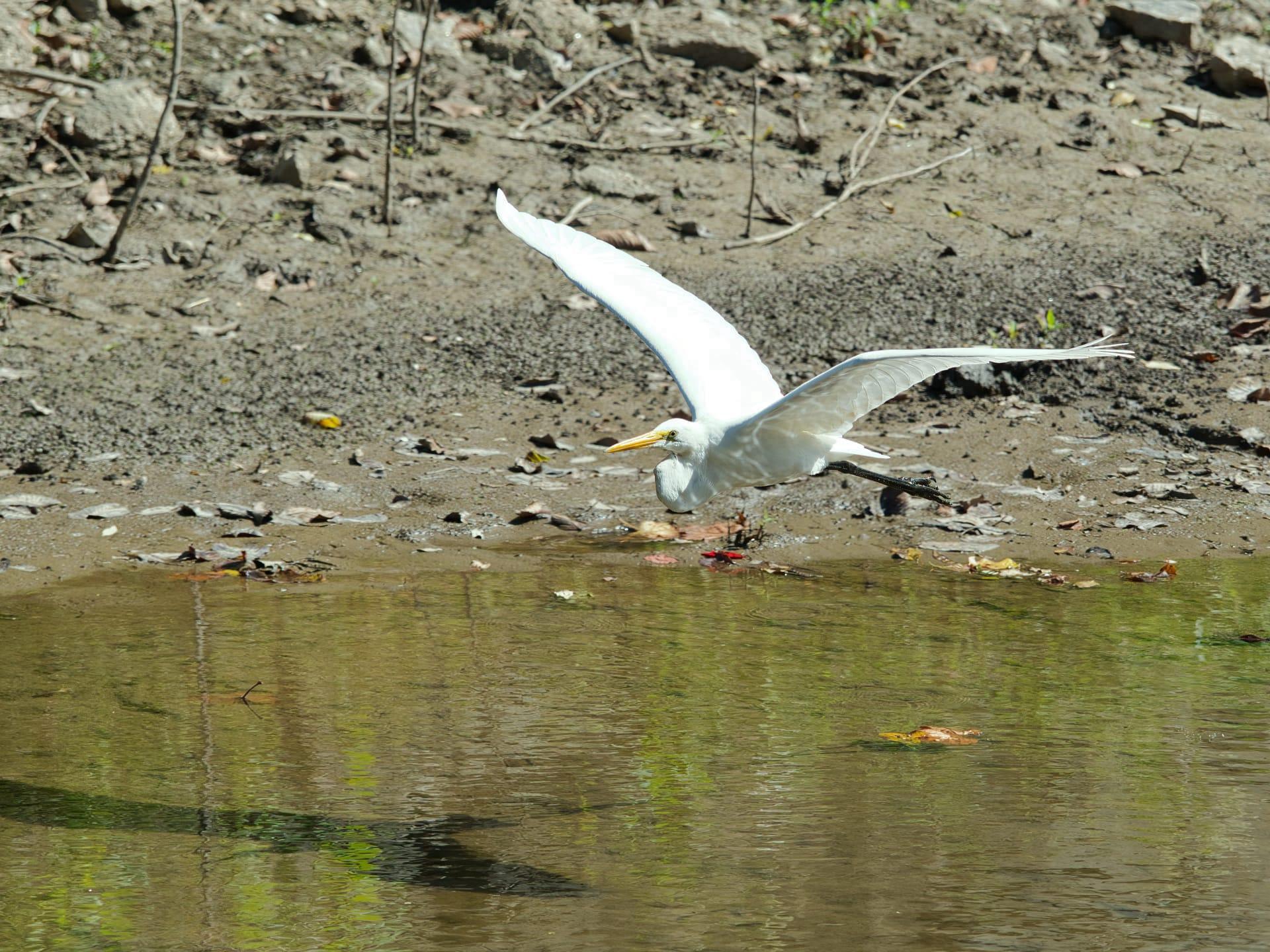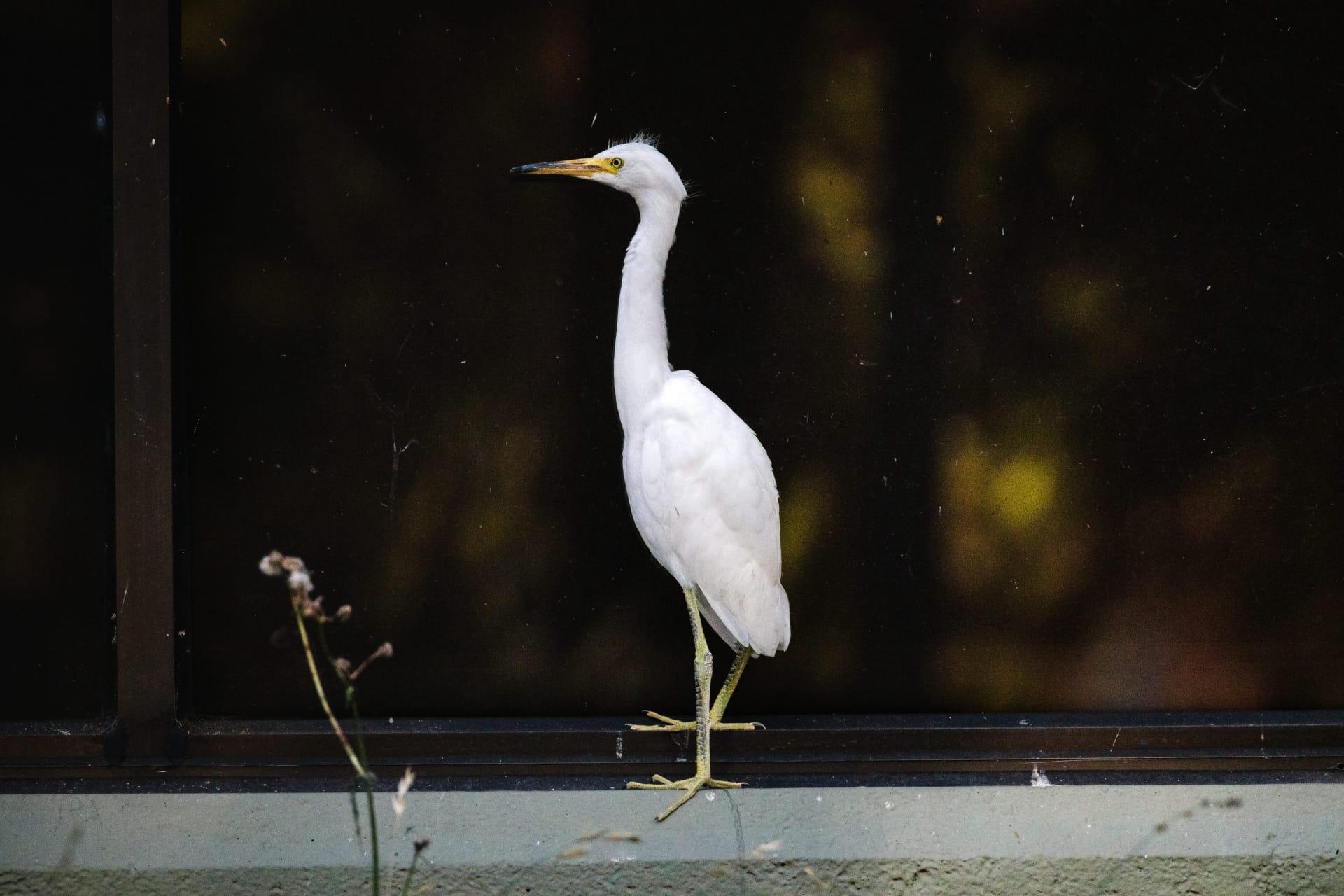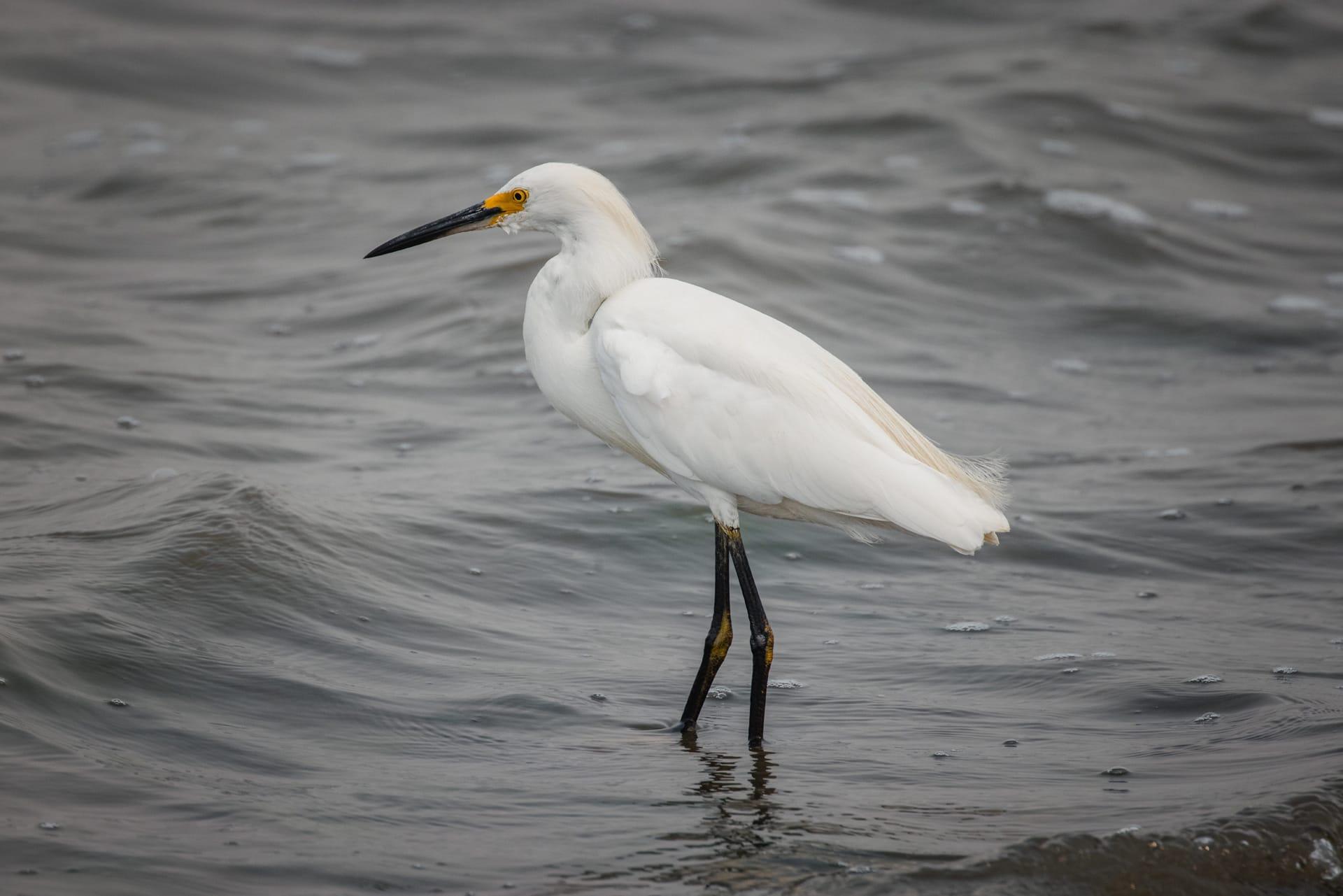Heron
- Home /
- Mini Encyclopedia /
- Animal /
- Heron
1
Herons, belonging to the family Ardeidae, are fascinating birds with a wide range of species under their belt. This family boasts around 64 different species, each with its own unique characteristics. Among the most recognizable species are the Great Blue Heron, known for its striking blue-gray plumage, and the smaller, but equally captivating, Green Heron. These birds are distinguished by their long legs and necks, which aid in their hunting prowess. The Snowy Egret, with its pure white feathers and black bill, is another notable member of this family, admired for its elegant appearance.
When it comes to distribution, herons are a global presence, with species found on every continent except Antarctica. They are adaptable birds, making homes in a variety of habitats ranging from wetlands and coastal regions to rivers and lakes. The Great Blue Heron, for example, is widespread across North America, from the Canadian tundra to the Caribbean. Meanwhile, the Grey Heron, a common sight in Europe and Asia, is known for its adaptability, thriving even in urban settings near human habitation. Herons typically prefer freshwater environments, but some, like the Great Blue Heron, are also found in saltwater habitats.

2
Question: Do herons migrate like many other bird species?
Answer: This is a common misconception about herons. While some species do migrate, not all herons follow this pattern. For instance, the Great Blue Heron exhibits partial migration. Birds in the northern parts of their range, where water bodies freeze in winter, migrate to warmer regions. However, Great Blue Herons in milder climates often stay put year-round. On the other hand, the Black-crowned Night-Heron, found in both temperate and tropical regions, tends to be more sedentary, with limited migration mainly seen in the northernmost populations. This variation in migratory behavior highlights the adaptability and diverse survival strategies of herons.

3
Herons employ various survival strategies that make them adept at thriving in their environments. One key strategy is their stealthy hunting technique. These birds are often seen standing motionless in shallow water, patiently waiting to spear fish with their sharp beaks. This method of still hunting allows them to catch unsuspecting prey with remarkable efficiency. Another survival tactic is their broad diet. While primarily fish eaters, herons are opportunistic feeders and will consume a range of prey including amphibians, insects, and small mammals, depending on what’s available. This dietary flexibility is crucial for their survival in diverse habitats.
Additionally, herons have adapted well to human-altered landscapes. Species like the Grey Heron are often seen in urban parks and water bodies, indicating their ability to coexist in modified environments. Their nesting habits also showcase adaptability. Herons typically nest in colonies, known as heronries, which can be located in trees, reeds, or even on rocky outcrops, depending on the species and the habitat. This social nesting behavior provides safety in numbers and is a key aspect of their survival strategy.

4
In ecosystems, herons play a significant role in controlling the population of their prey, which primarily includes fish and aquatic invertebrates. By preying on these species, herons help maintain a balanced aquatic ecosystem. This predatory behavior can be particularly important in managing populations of certain fish species, which might otherwise become overabundant and disrupt the ecological balance.
Herons also contribute to their ecosystems through their nesting habits. The large colonies they form, often in trees, can have a notable impact on local vegetation. The nutrients from their droppings can change the soil composition around their nesting sites, sometimes detrimentally affecting certain plant species. However, this can also lead to an increase in nutrient-rich soil in other areas, benefiting different plant life. Furthermore, herons act as indicators of environmental health. Their presence in an area often signifies a healthy, biodiverse aquatic ecosystem, making them important species for ecological monitoring.

5
Film: "The Secret Life of Herons" is a captivating documentary produced in the United Kingdom in 2019. This film delves into the intricate lives of herons, showcasing their remarkable hunting skills, courtship rituals, and the challenges they face in their natural habitats. The documentary beautifully captures the elegance and resilience of these birds, offering insights into their behavior and the ecological significance they hold in their environments.
Book: "Heron Haven: The World of Herons" is a comprehensive guide authored by British ornithologist James A. Henderson in 2018. This book provides an in-depth look at the different heron species found worldwide, their habitats, behaviors, and the conservation challenges they face. Henderson's vivid descriptions and detailed observations make this book a valuable resource for bird enthusiasts and conservationists alike.
Book: "Flight of the Heron: Ecology and Conservation" is a notable work by American biologist Dr. Lisa K. Martin, published in 2020. This book focuses on the ecological role of herons and the importance of conserving their habitats. Martin's extensive research and engaging writing style bring to light the complex interplay between herons and their ecosystems, emphasizing the need for sustainable environmental practices to protect these majestic birds.